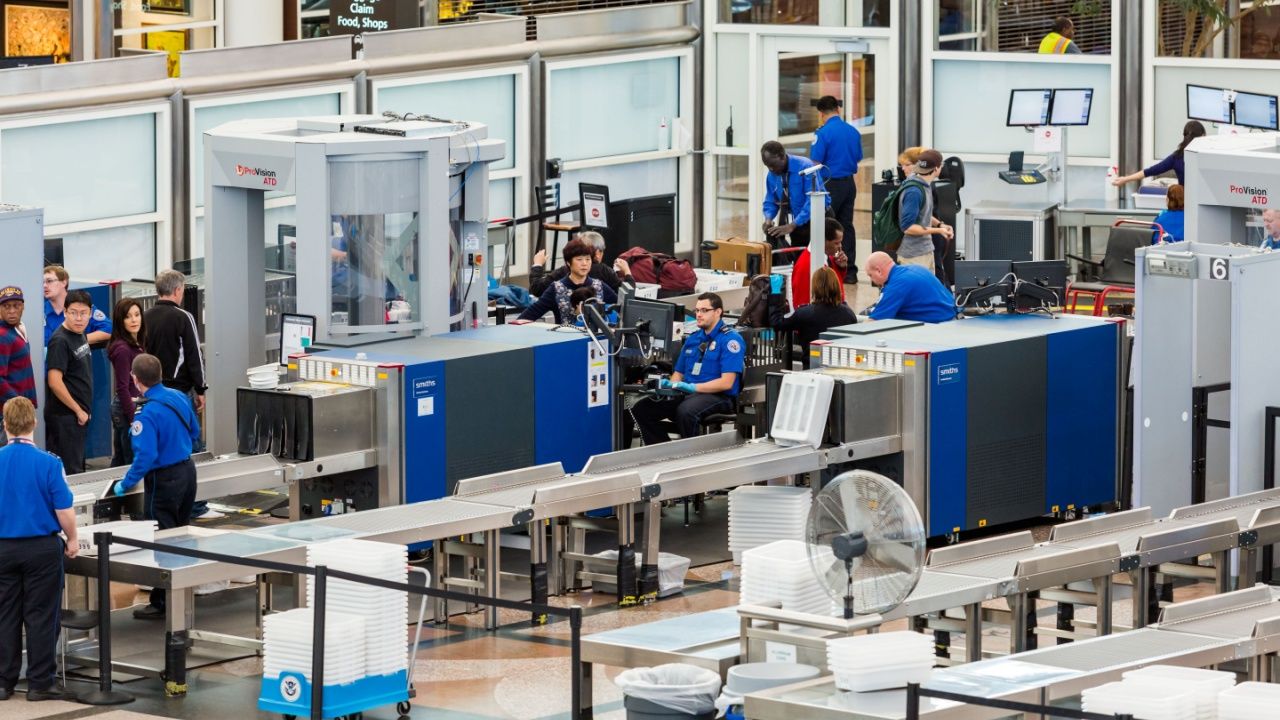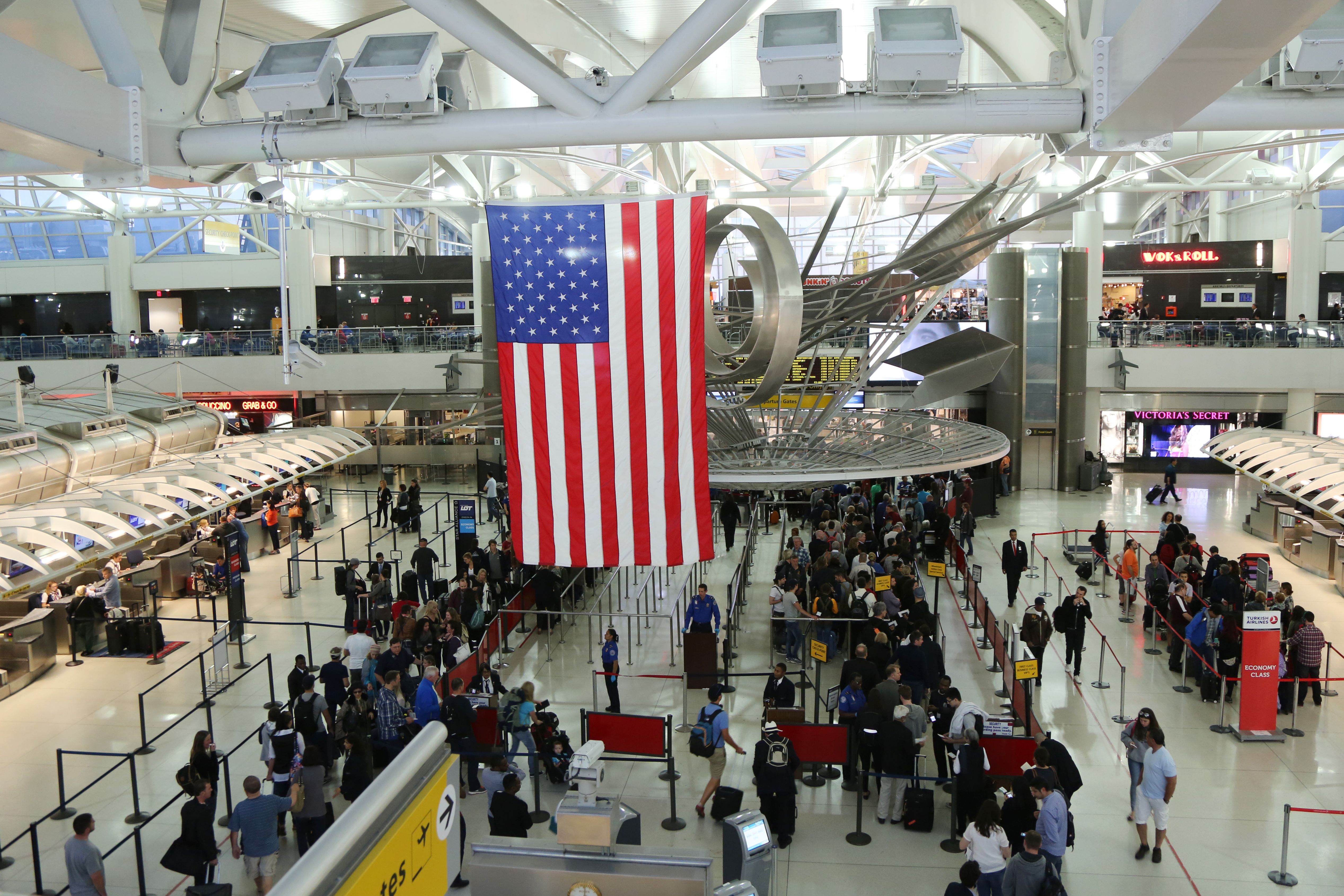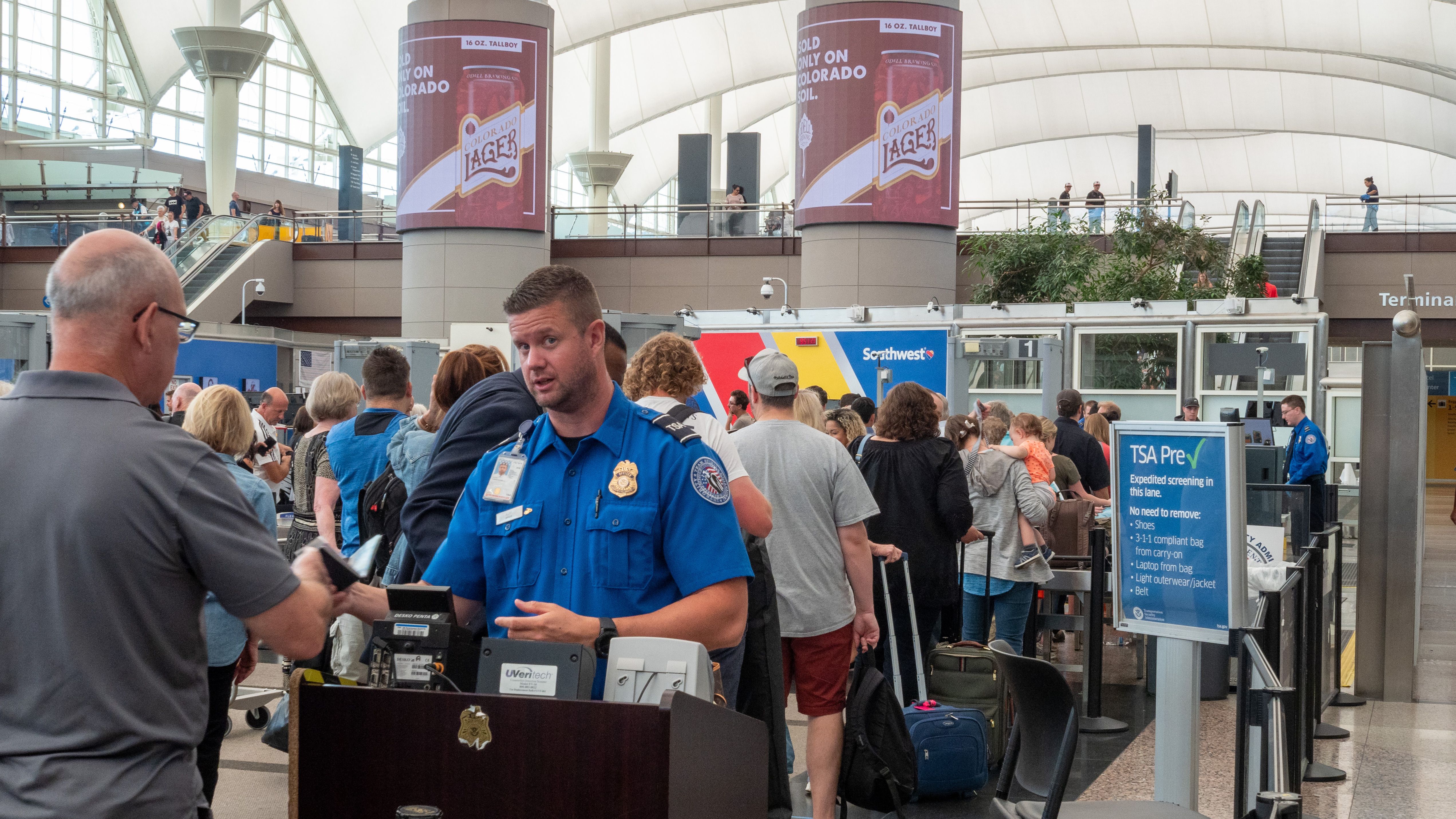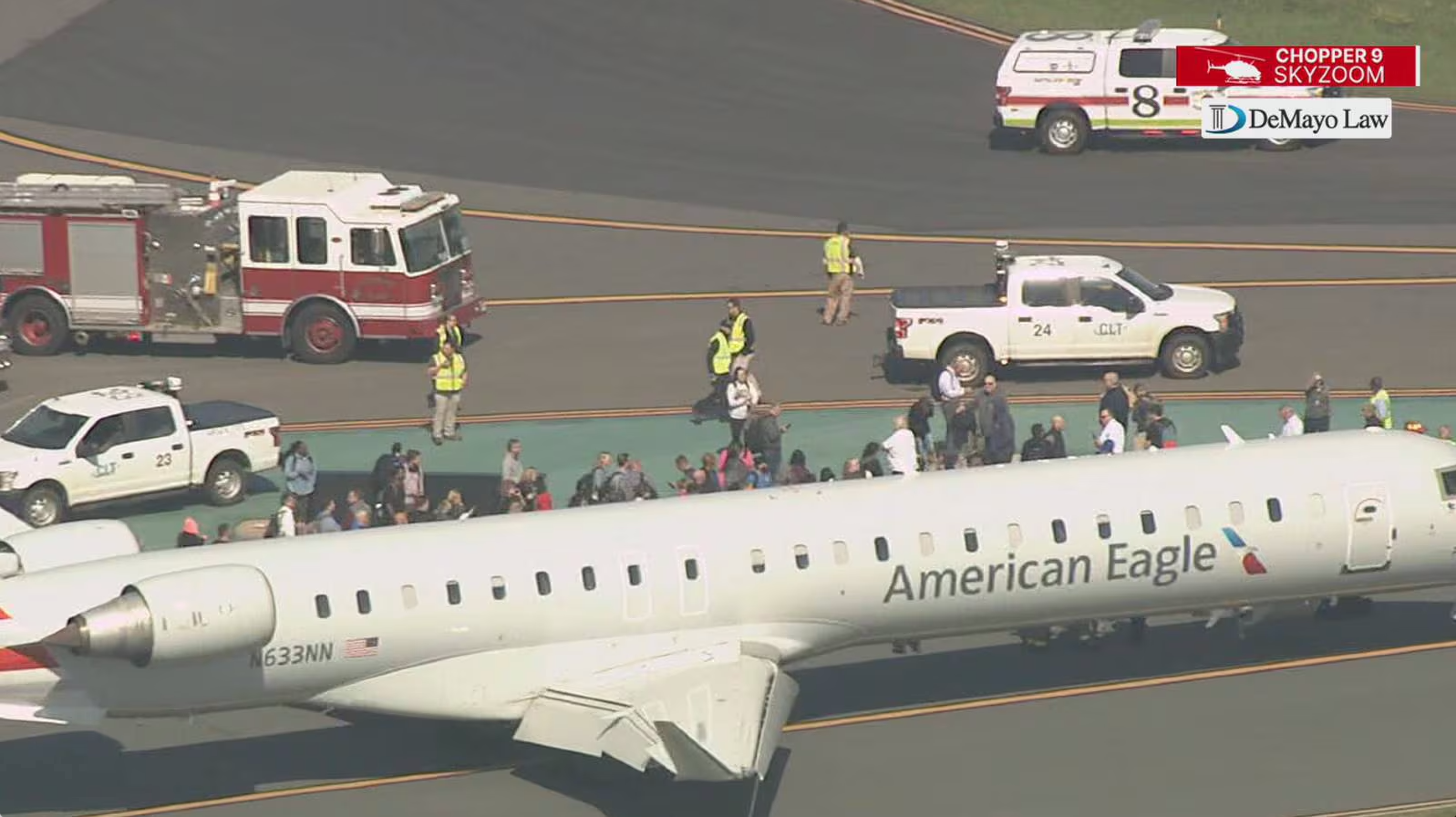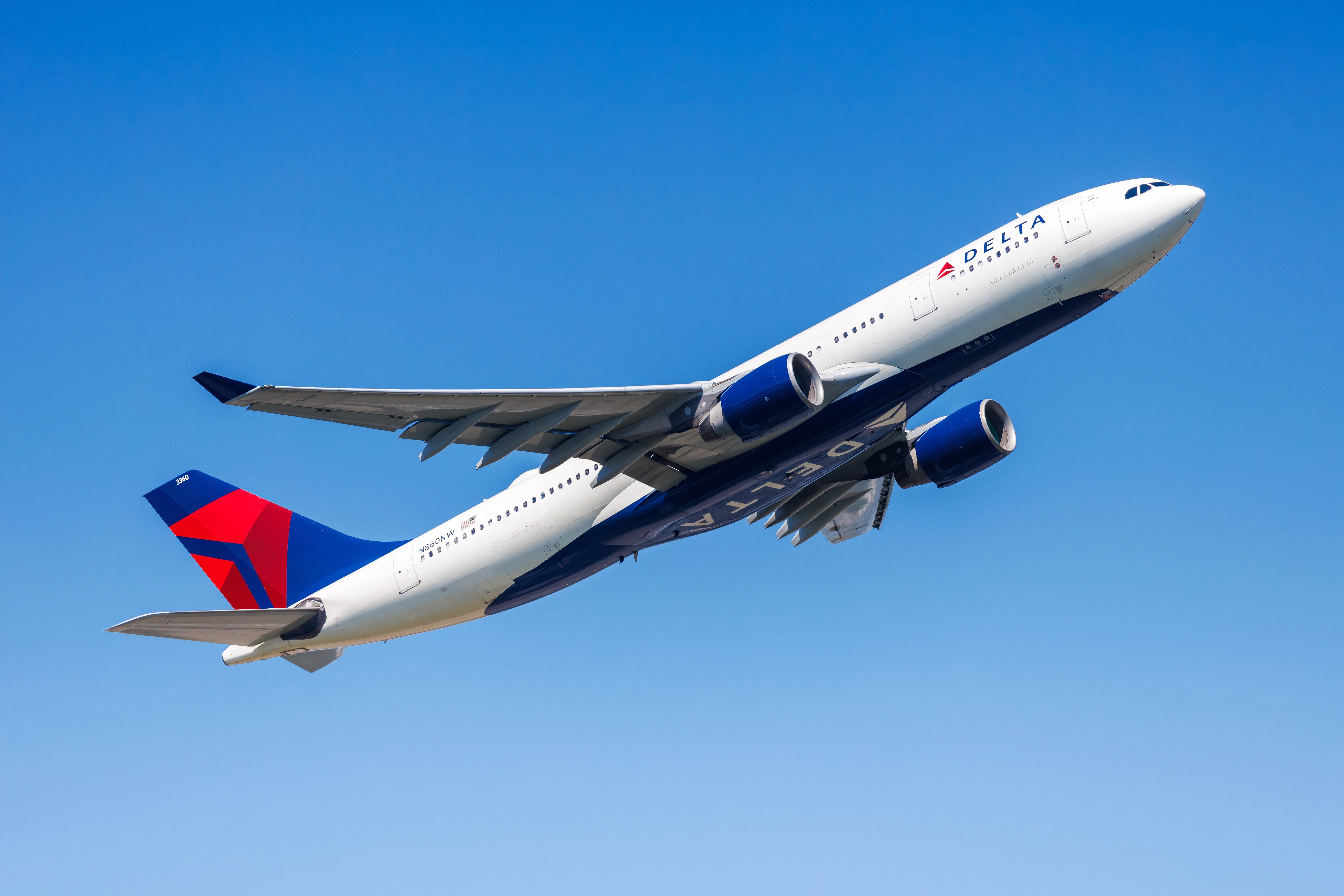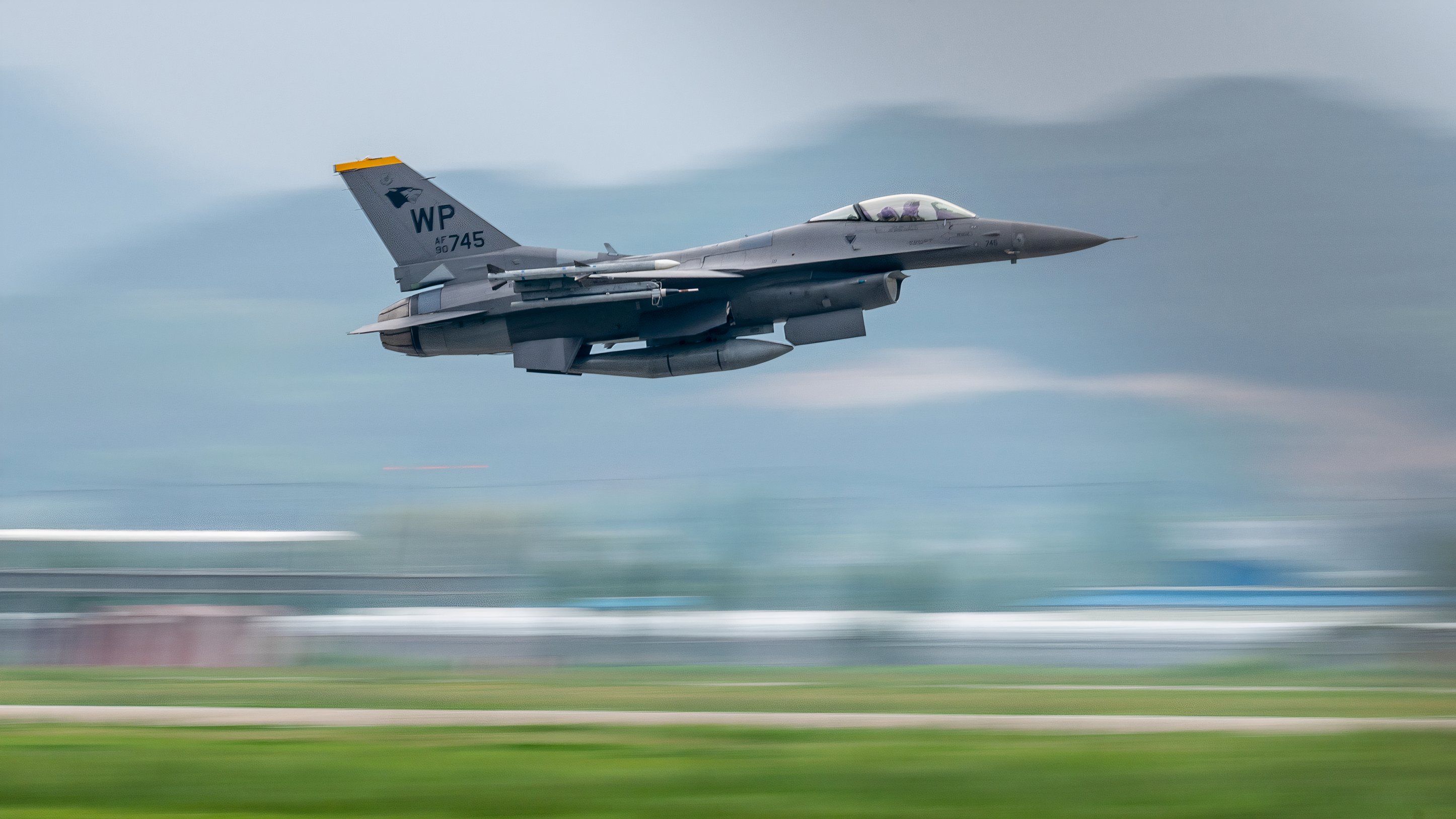A
New York-bound Air India Boeing 777 has just made an emergency diversion to Delhi
after receiving an alleged bomb threat
. Bomb threats are a real and continual threat to airliners, with many aircraft catastrophically destroyed by on-board bombs over the years (although comparatively few since the massive worldwide tightening of airport security
in the wake of 9/11.
The
explosion of the old WW2 bomb at Japan’s Miyazaki Airport
shows not all bombs at airports need to be sinister in nature. But what do airports and airlines to when they receive notice of a bomb threat? Here are five steps airport and airlines may consider (although note their bomb threat procedures are not open to the public).
1
Gather as much info
Hoaxes have fines up to $5,000 or five years imprisonment
|
First course of action: |
Notify airport security, law enforcement, etc. |
|---|---|
|
Aircraft/Airport Bomb Threat Report: |
Restricted to FAA employees only |
|
Law: |
18 U.S.C. § 35(b) – listing bomb threat hoaxes as a felony |
The more info that can be gathered, the more the threat can be assessed and countered. Bomb threats can be received in many ways. There could be an anonymous phone call or airport security may see something suspicious at the airport (in which case they would likely investigate immediately). The Cybersecurity and Infrastructure Security Agency (CISA) offers a generic checklist airports and airlines might use in case of a phone call.
Photo: Leonard Zhukovsky I Shutterstock
The CISA advises acting quickly but remaining calm, obtaining information, and not hanging up. It says to keep the caller on the line for as long as possible and copy the caller’s number if displayed. All information is to be recorded and passed on to the relevant airport security and law enforcement. Note that much of the actual airport/airline procedures and bomb threat data are not available to the public – e.g., the FAA Aircraft/Airport Bomb Threat Report is restricted for use by FAA employees.
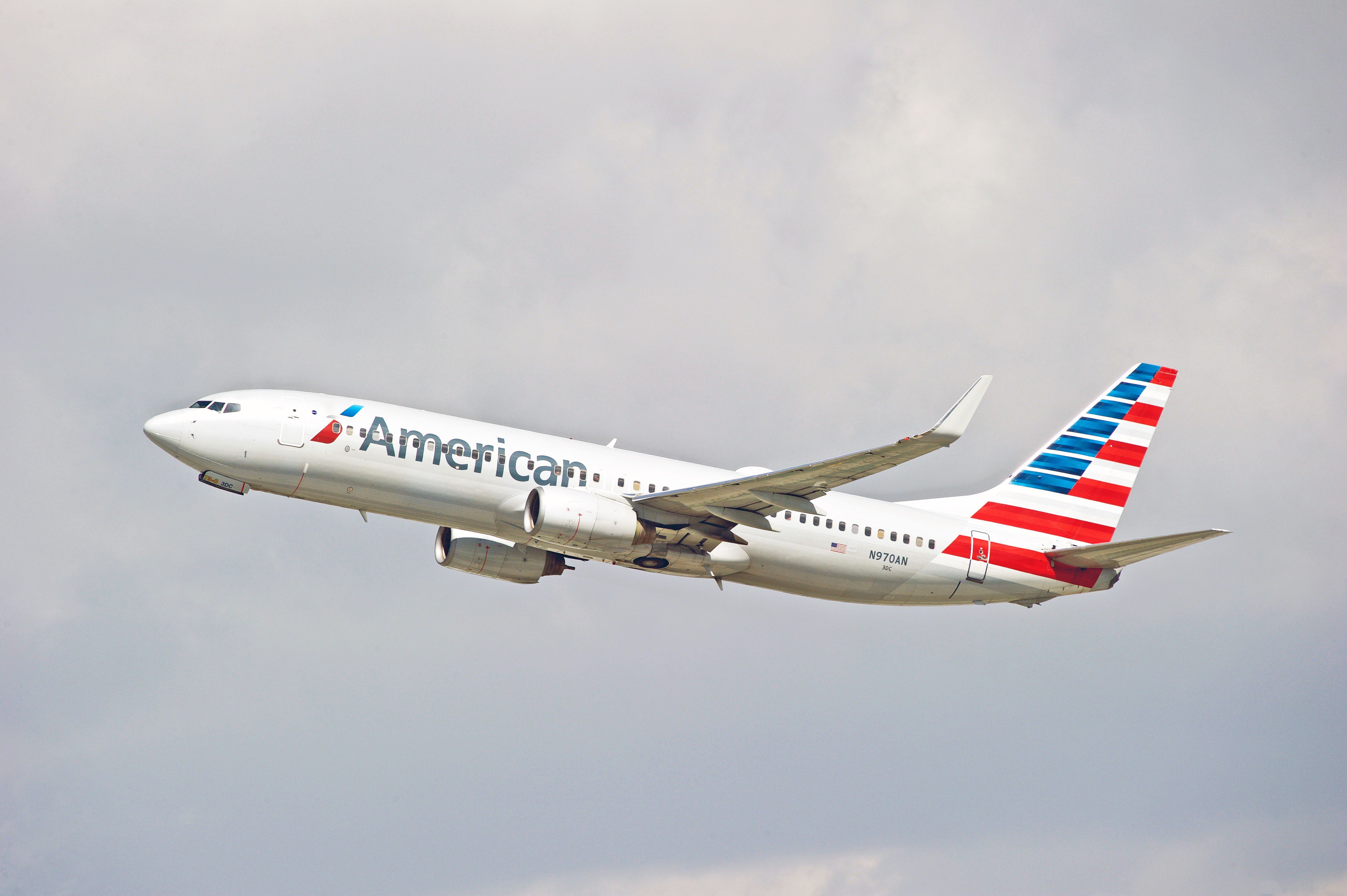
Related
American Airlines Boeing 737-800 Diverts To Pittsburgh Due To Bomb Threat Found In Lavatory
The FBI searched the aircraft and found no evidence of a device.
2
Evacuate the airport
14 bomb threats at passenger terminals in 2019 (incl. train & bus)
|
Minimal & low threat: |
Assess the threat is likely baseless – little action may be needed |
|---|---|
|
Moderate threat: |
Lockdown the site location and conduct a search for the device |
|
High threat: |
Conduct a partial or full evacuation of the airport |
When the airport receives a bomb threat, the first thing to do is determine the threat level (it is untenable to lock down and/or evacuate the airport every time a prank call comes in). If the bomb threat is considered serious enough, then the airport may shut down, lock down, and/or evacuate.
Photo: David Tran Photo | Shutterstock
Airports (or parts of airports) are evacuated from time to time due to bomb threats. For example, in September 2023,
part of LAX was evacuated following the discovery of a suspicious item
and in January 2023,
Palm Beach International Airport’s Concourse C was evacuated following a bomb threat
.
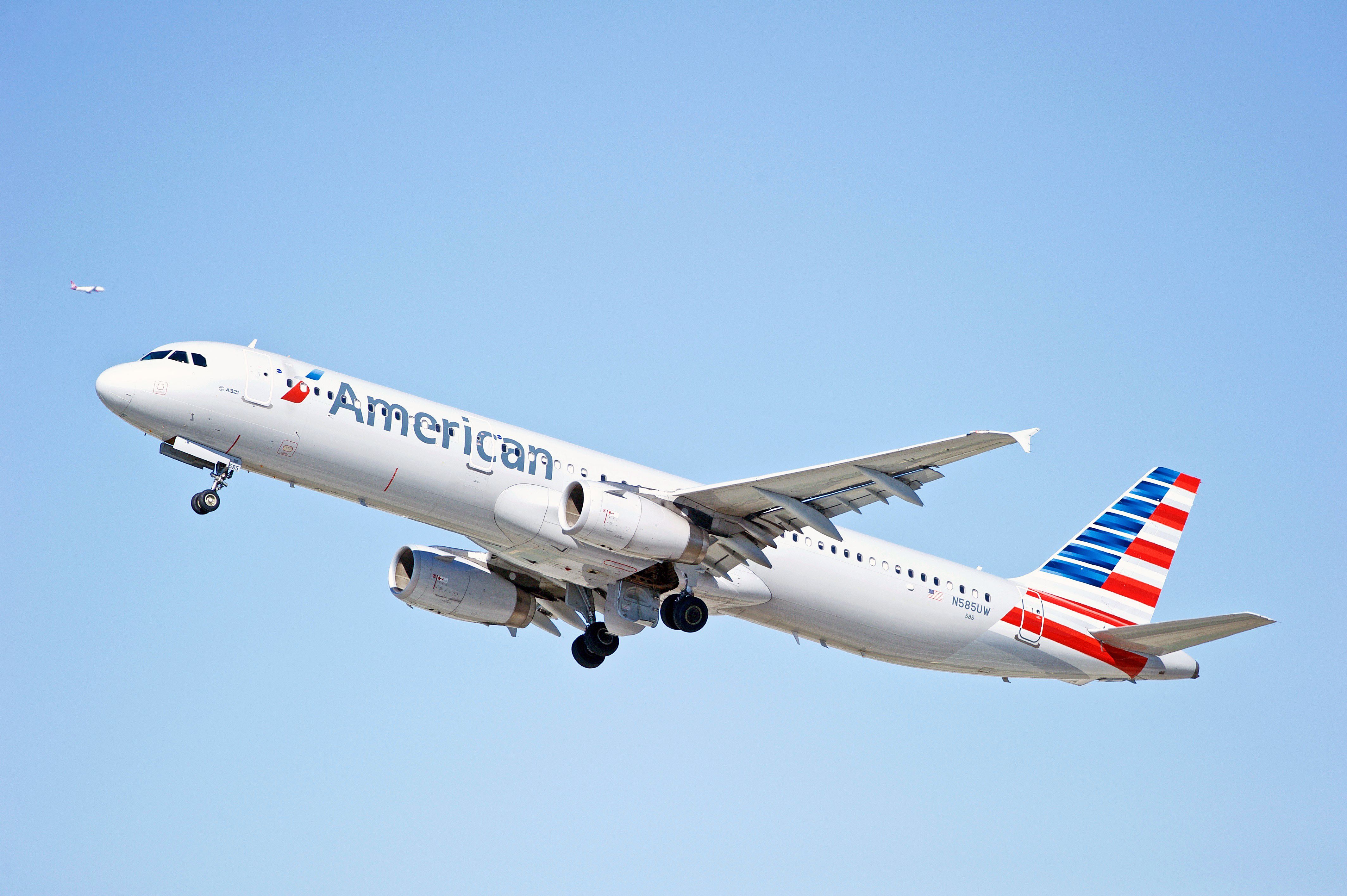
Related
Bomb Threat Prevents American Airlines Airbus A321 From Arriving At Gate In Baltimore
Some passengers were not able to retrieve their bags until the following day.
3
Deplane & not take off
All planes must emergency deplane within 90 seconds
If a bomb threat is reported while the aircraft is still on the ground, it is against the law for the pilot to take off with a credible bomb threat. When ATC knows the threat is against a specific aircraft, they have to contact the aircraft, advise the pilot of the threat, and inform them that technical assistance can be obtained from an FAA
aviation explosives expert.
Photo: WSOC
When the aircraft is still on the ground, the FAA states, “Handle the aircraft as an emergency and/or provide the most expeditious handling possible with respect to the safety of other aircraft, ground facilities, and personnel.” The FAA also states, “if the pilot ignores the threat at any airport, recommend that takeoff be delayed until the pilot or aircraft operator establishes that a bomb is not aboard in accordance with 14 CFR Part 121“
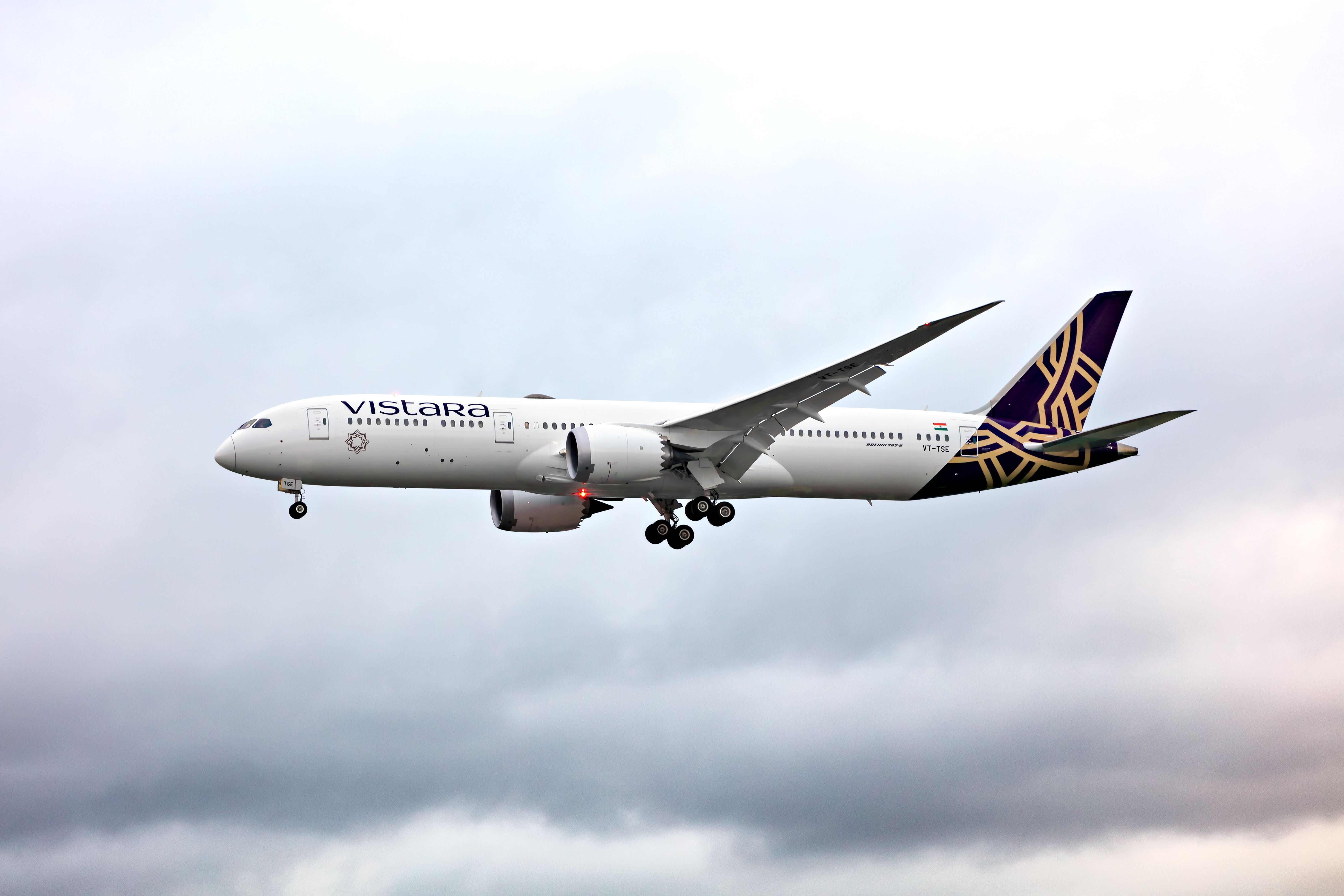
Related
Bomb Threat On Vistara Flight From Paris Triggers Emergency At Mumbai Airport
The incident took place on a Boeing 787-9 Dreamliner aircraft.
Pilot’s priority is to land as fast as possible
|
Forced landing: |
Immediate landing because of inability to continue further flight |
|---|---|
|
Precautionary landing: |
When further flight is possible but inadvisable |
|
Ditching: |
Forced or precautionary landing on water |
If the aircraft is already in the air when the pilot receives word there could be a bomb onboard the aircraft; then the priority will be to land as fast as possible. The pilot will likely descend or climb to an altitude that equalizes or reduces the outside air pressure/existing cabin air pressure differential.
Photo: Markus Mainka | Shutterstock
The pilot will land at the nearest suitable aerodrome. The pilot will relay the information to the aerodrome while air traffic control can expect the aircraft to be put into landing configuration earlier than normal with track miles minimized.

Related
Bomb Threat: IndiGo Flight Diverts Following Note Found In ATR-72 Lavatory
No explosions were found in the aircraft.
The Air Force scrambled within 16 minutes on 9/11
|
9/11 at 08:37: |
FAA alerted the Northeast Air Defense Sector |
|---|---|
|
9/11 at 08:46: |
Order given for fighter jets to scramble |
|
9/11 at 08:53: |
First fighter jets airborne |
If a credible bomb threat has been received while the aircraft is in flight, the FAA will be notified. The FAA may choose to contact the Air Force – especially if the aircraft is hijacked and the aircraft itself is turned into a flying bomb (as in 9/11).
Photo: USAF
When aircraft are hijacked over North American airspace, NORAD is activated, and fighter jets may be scrambled to intercept, escort, and, if necessary, shoot down the aircraft. Famously, on that fateful 9/11 day, US fighter jets were scrambled before they had time to load weapons, and
the pilots were prepared to ram the airliners with their own fighter jets
.
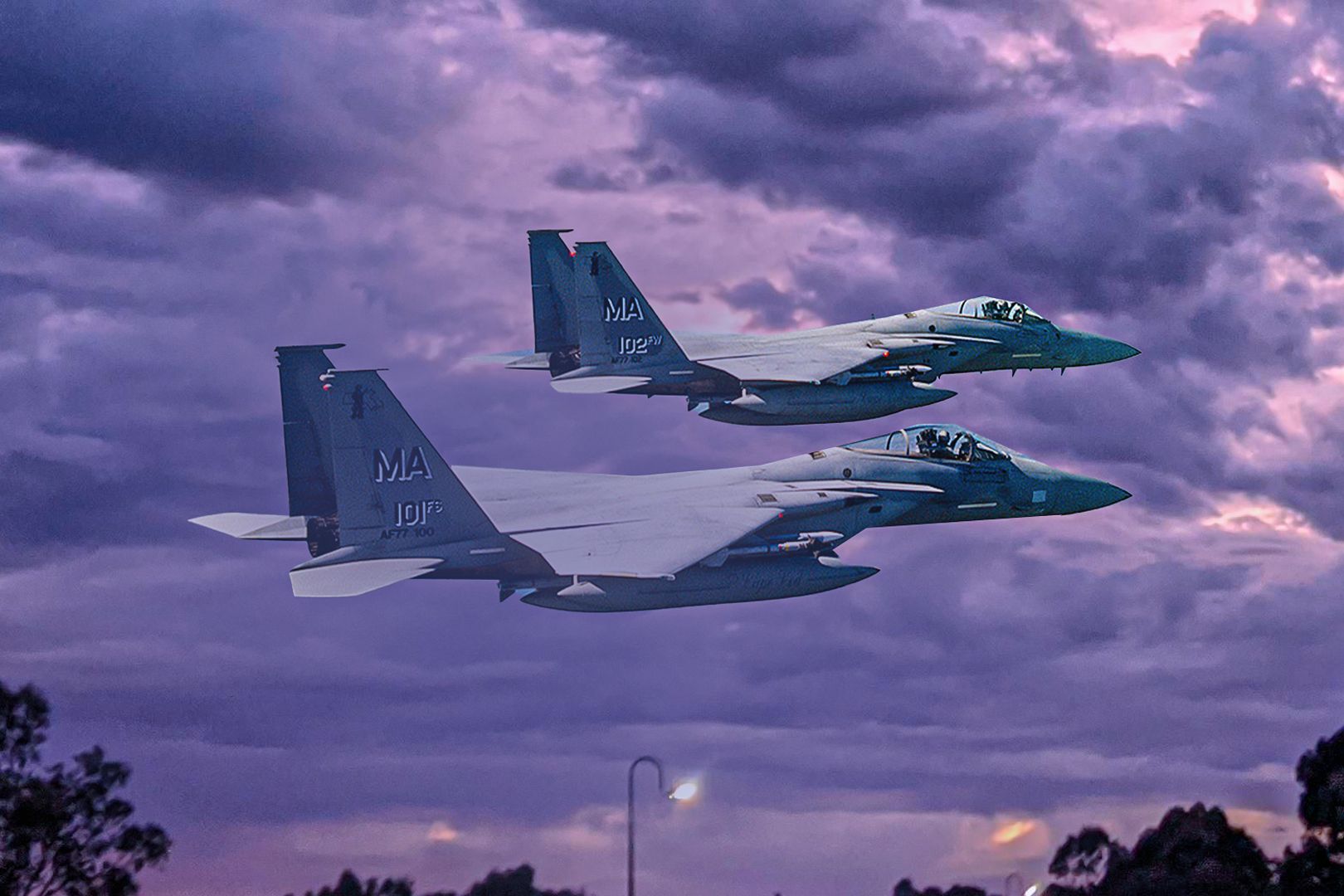
Related
How Do US Combat Air Patrols Maintain Airspace Security?
Combat air patrols protect the US from threats outside and inside its airspace.

